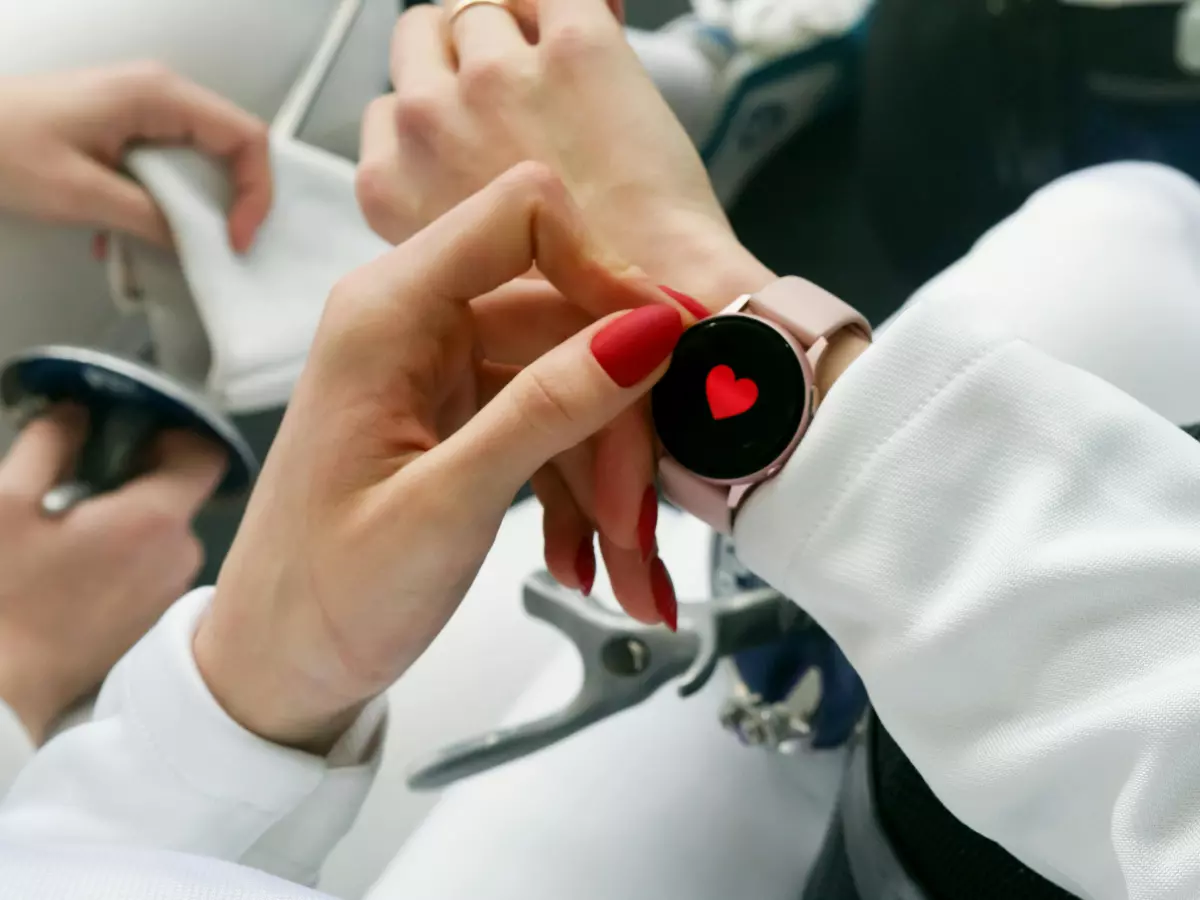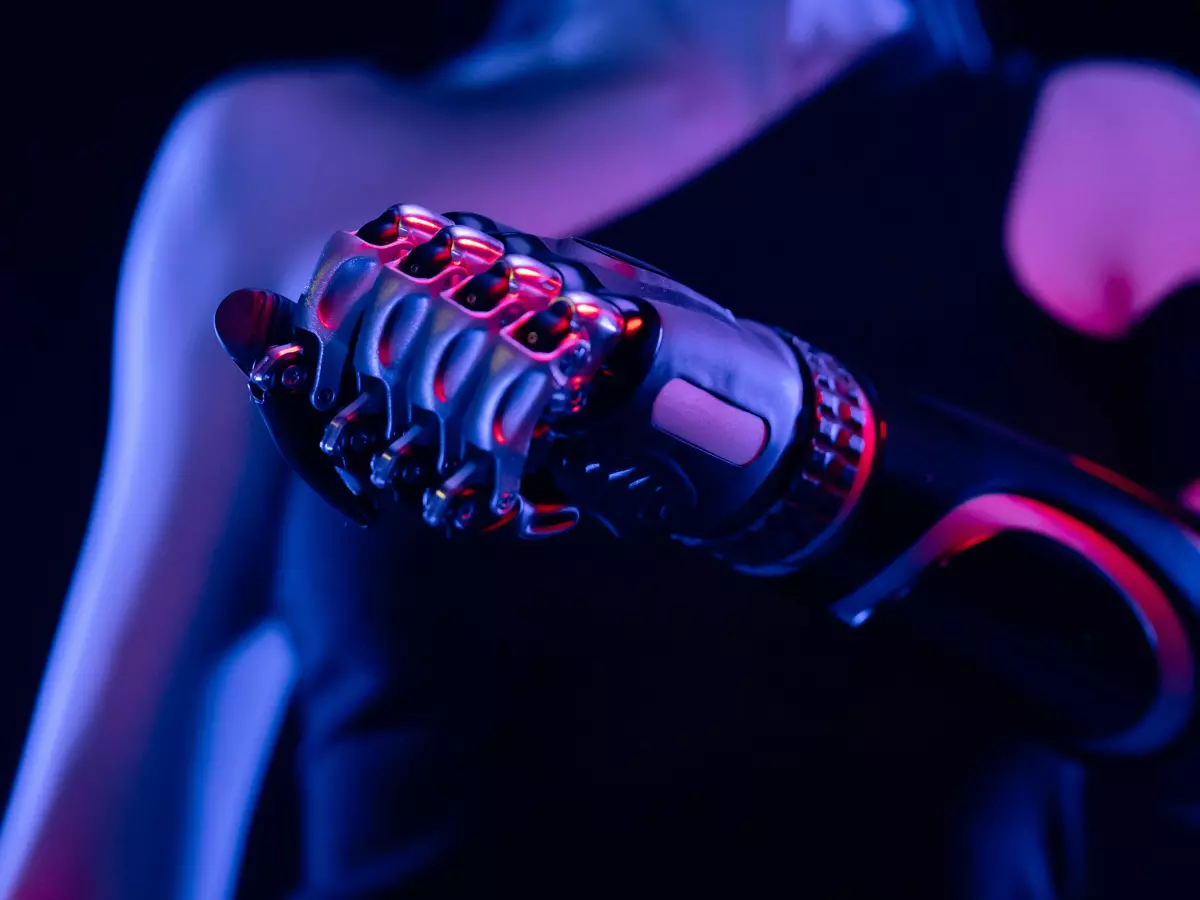Predictive Power
Imagine a future where your smartwatch warns you of an impending illness before you even feel a tickle in your throat. Or perhaps, it predicts a spike in your blood pressure hours before it happens, giving you enough time to take preventive action. Sounds like science fiction, right? Well, not for long.

By Elena Petrova
Wearable technology has come a long way from simple step counters and heart rate monitors. Today, these devices are packed with sensors that do much more than track your daily activity—they're starting to predict your health. But how exactly does this work? The answer lies in the seamless integration of sensors, battery life, and software, all working together to create a predictive health ecosystem.
Currently, most wearables rely on real-time data collection. Your smartwatch tracks your heart rate, sleep patterns, and movement, and then provides feedback based on that data. But what if your wearable could go beyond just reacting to your current state? What if it could predict future health issues based on patterns it detects over time? This is where predictive analytics, powered by advanced sensors and software, comes into play.
The Role of Sensors: More Than Just Data Collection
At the heart of every wearable device are its sensors. These tiny components are responsible for collecting all the raw data that your device uses to monitor your health. From accelerometers that track movement to photoplethysmography (PPG) sensors that measure blood flow, wearables are equipped with a variety of sensors that provide a comprehensive picture of your physical state.
But here's the kicker: sensors alone aren't enough. They can collect data, sure, but without the right software to interpret that data, it's just a bunch of numbers. This is where software integration becomes crucial. By analyzing the data collected by sensors, the software can identify patterns and trends that may indicate a future health issue. For example, a sudden change in your heart rate variability (HRV) could signal that you're about to get sick, even if you're not feeling any symptoms yet.
Battery Life: The Unsung Hero
Of course, all this data collection and analysis requires power, and that's where battery life comes in. Wearables are notorious for their limited battery life, but advancements in battery technology are helping to extend the time between charges. More efficient sensors and software algorithms are also playing a role in conserving battery life by only collecting and analyzing data when necessary.
For example, some wearables now use machine learning algorithms to predict when you're most likely to be active and adjust their data collection accordingly. This not only helps to conserve battery life but also ensures that the device is collecting the most relevant data at the right time.
Software Integration: The Brain Behind the Operation
While sensors may be the eyes and ears of your wearable, the software is the brain. It's responsible for interpreting the data collected by the sensors and turning it into actionable insights. But software integration goes beyond just analyzing data—it also plays a key role in predictive analytics.
By using machine learning algorithms, wearable software can identify patterns in your data that may indicate a future health issue. For example, if your wearable detects that your heart rate variability has been decreasing over the past few days, it may predict that you're at risk of developing a cardiovascular issue. Similarly, if your sleep patterns have been disrupted, your device may warn you that you're at risk of developing a sleep disorder.
But predictive analytics isn't just about identifying potential health issues—it's also about preventing them. By providing you with early warnings, your wearable can give you the opportunity to take preventive action, whether that's getting more rest, adjusting your diet, or seeking medical advice.
The Future of Predictive Wearables
So, what does the future hold for predictive wearables? As sensor technology continues to improve and software algorithms become more sophisticated, we can expect wearables to become even better at predicting health issues before they happen. In the not-too-distant future, your wearable may be able to predict everything from a heart attack to a migraine, giving you the chance to take action before it's too late.
But there's still a long way to go. While current wearables are capable of providing some level of predictive analytics, they're far from perfect. For one thing, the data collected by wearables is often incomplete or inaccurate, which can lead to false positives or missed warnings. Additionally, many wearables are limited by their battery life, which can prevent them from collecting enough data to make accurate predictions.
Despite these challenges, the future of predictive wearables looks bright. As technology continues to evolve, we can expect wearables to become an even more integral part of our healthcare system, helping us to stay healthy and prevent illness before it strikes.
So, the next time you strap on your smartwatch, remember: it's not just tracking your steps—it's keeping an eye on your future health.




